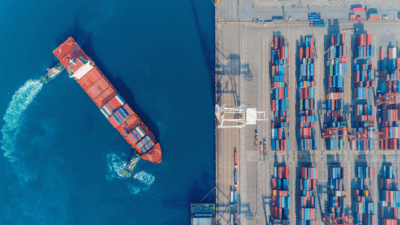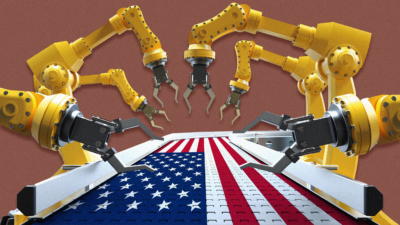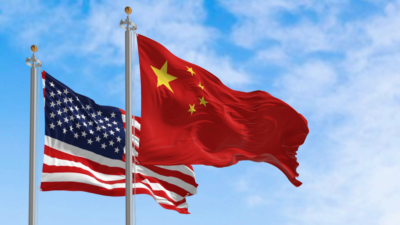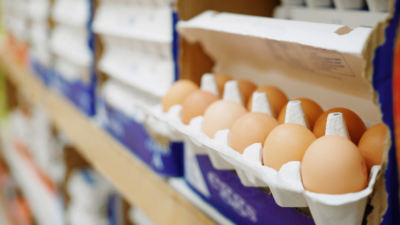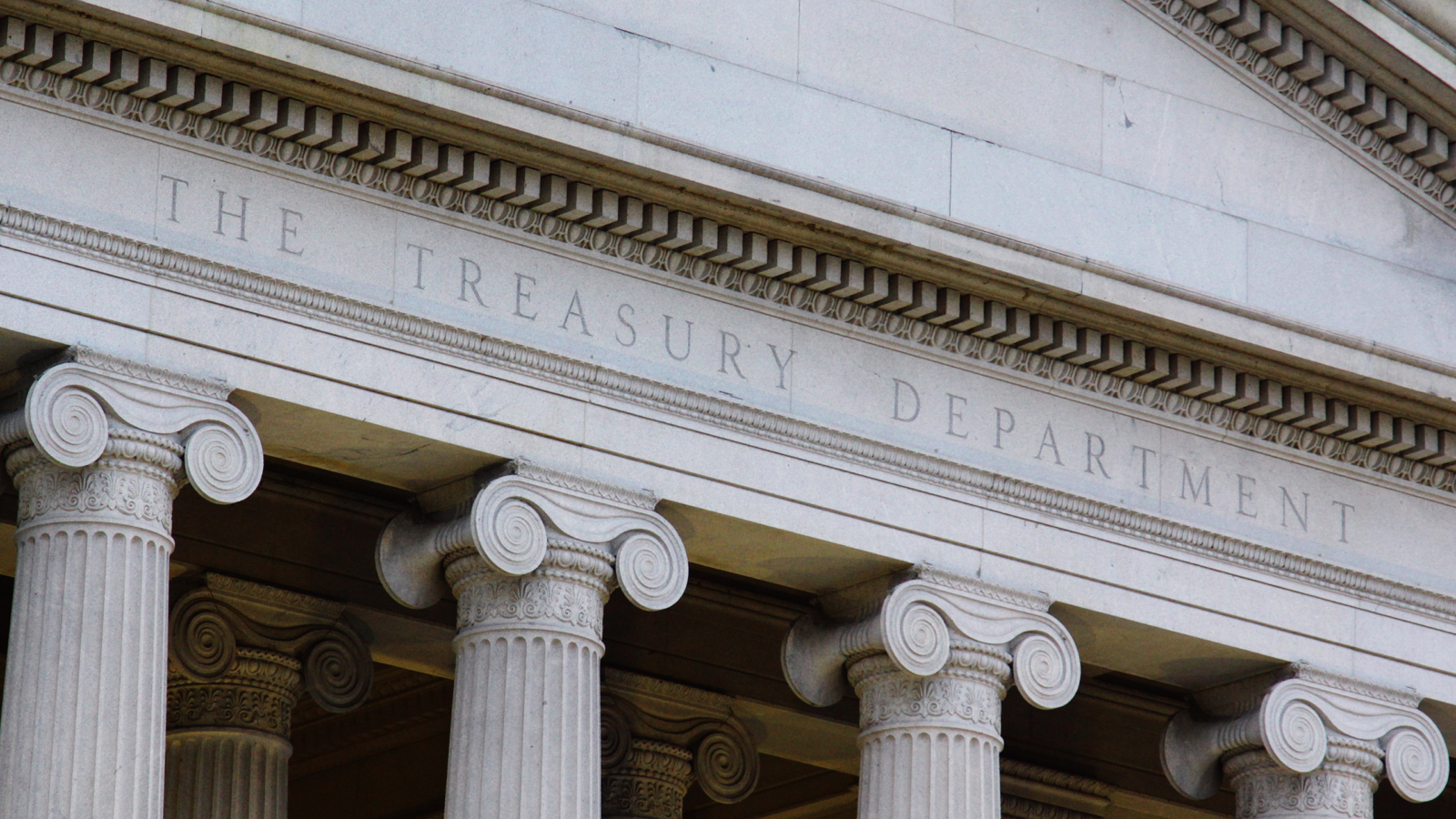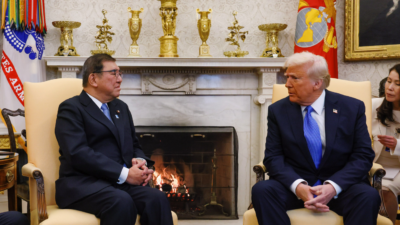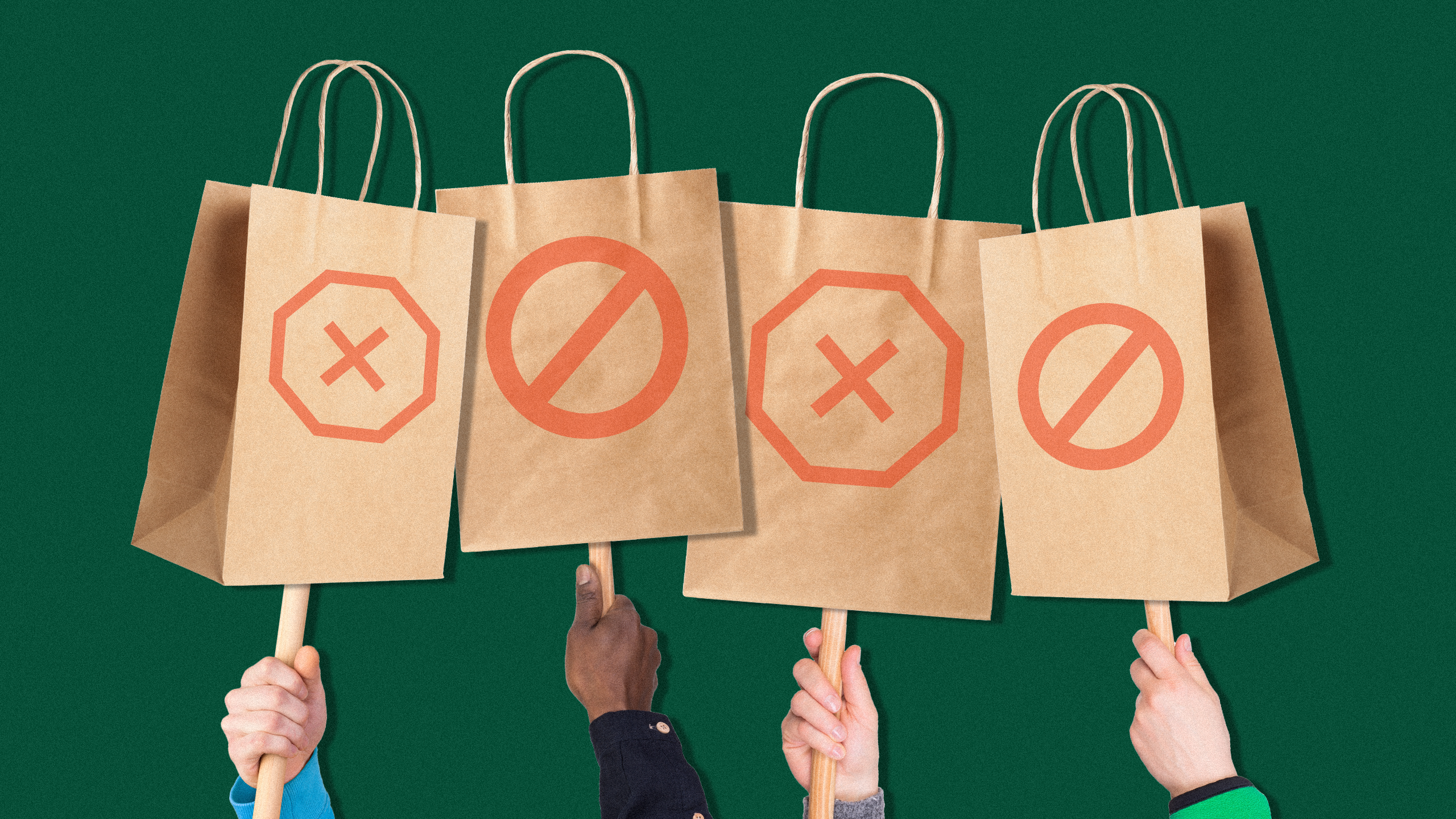
Sign up for smart news, insights, and analysis on the biggest financial stories of the day.
America’s once friendly northern neighbor is up in arms.
Sports fans have drowned out the American national anthem in jet engine-volume jeers. The incumbent prime minister is running election campaign ads urging the country to go “elbows up” — like a brawling hockey enforcer — into the trade war with US President Donald Trump.
One retiring parliamentarian even called all American beer an expletive that this family-friendly publication can’t print.
The American president’s announcement that he was placing tariffs on nearly the entire world Wednesday roiled markets like few in recent memory. Countries all over the world, including Canada, have said they’re plotting ways to negotiate, retaliate, or both.
But there’s a layer behind the grander forces of governments, world-trotting markets and multinational corporations that we’re looking at today: the almighty consumer.
Namely, the Canadian consumer. As Trump has ramped up his trade rhetoric in recent weeks, a nationalist “Buy Canadian” movement — egged on by some public leaders, but grassroots and decentralized — has gained increasing momentum.
Early evidence also shows it could land some significant, targeted blows of the elbow on certain US states and industries. But beyond those pressure points, is it enough to be felt in the grander scheme of the world’s largest economy? The jury’s still out.
State of International Play
First, a quick overview of where US-Canada trade relations are after Wednesday’s announcement, which roiled global markets to close out the week (the S&P 500 is now down 13.5% this year).
Canada was actually spared the worst of the levies. The headline items were a 34% US tariff on imports from the world’s second-largest economy, China; a 46% tax on goods from key manufacturing hub Vietnam; and 20% tariffs on the European Union.
Canada, on the other hand, had been dinged with a 25% tariff on steel and aluminum, applied to all foreign imports of the metals, last month. But, for now, all trade that is compliant with the US-Mexico-Canada free trade agreement (USMCA) will continue to be tariff-free.
Trump has, however, placed 25% tariffs on all goods, including autos and car parts, which the US administration says have foreign components and thus are not USMCA-compliant (except for non-compliant Canadian energy, which will have a lesser impact).
Canadian leaders, unsurprisingly, have fired back. In response to Trump’s earlier measures, Canada placed tariffs on $30 billion in US goods last month, including appliances, clothes, juice, and alcohol. And shortly after Trump made his announcement last week, Canadian Prime Minister Mark Carney said the country would implement retaliatory tariffs on US-made cars.
Buying Canadian
That’s what the policymakers are up to. As for Canadian consumers and businesses, the country imported some $350 billion of products from the United States last year — making the country Canada’s largest trading partner.
While it would take a lot to upend that status, the desire to redirect spending away from the United States in protest appears to be real — there’s been a proliferation of apps and extensions available to advise Canadians on how to avoid American products.
And the sentiment has already resonated enough to disrupt some businesses.
Last week, California-based diaper-maker Parasol told Reuters that a distributor paused a deal to bring its products north of the border, citing anti-American sentiment. A person familiar with the state’s citrus fruit industry also told the news agency that some Canadian retailers have cancelled orders, and LA-based kombucha-maker GT’s Living Foods said its orders have been halved in some cases.
Hard Times in Kentucky
Those effects are mild compared with the trade war’s impact in Kentucky, which produces 95% of the world’s bourbon.
Because spirits are a favorite target of tariffs and boycotts, instead of exporting hangovers, one of the state’s flagship industries could soon be mired in one. That’s especially true since Canada’s provincial leaders have given a leg up to boycotts of US alcohol products.
Officials ordered the removal of US spirits from shelves at provincial government-owned retail outlets in Ontario, British Columbia, Quebec, and elsewhere last month.
In Ontario, the country’s largest province, provincially owned alcohol retailers said American alcohol accounts for C$965 million ($680 million) in annual sales. Canada was the top importer of Kentucky-made spirits, including bourbon, before the trade war.
In 2023, the Bluegrass State exported C$289 million ($203 million) in agricultural products to Canada, which included C$43 million ($30 million) in whiskey and C$33 million ($23 million) in other spirits.
The loss of business has sparked growing concern in the industry, which was already on uneven footing before the trade war.
In January, Brown-Forman — the publicly traded maker of Jack Daniel’s, Old Forester, and Woodford Reserve — said it was cutting 12% of its 5,400-strong workforce and selling a barrel-production facility, in search of $80 million in annual savings.
In March, company CEO Lawson Whiting blamed “cyclical inflation” impacting the wider spirits industry as a key reason for the restructuring.
But he also warned that a boycott of his state’s liquor products would leave his industry suffering more than others affected by the trade war.
“That’s worse than a tariff because it’s literally taking your sales away,” Whiting said on an earnings call last month, calling it a “very disproportionate response.”
He added that the company will be able to “withstand” the losses because Canada makes up roughly 1% of its total sales.
His company and other distilleries could get double-dinged, however, as the European Union has threatened a 50% retaliatory tariff on US whiskey.
Shares in Brown-Forman are down 13.6% this year.
“I think we’re collateral damage, as we’re seen as an American exclusive product,” Victor Yarbrough, CEO of privately-held Brough Brothers distillery in Louisville, told the Associated Press last month.
The bourbon industry employs roughly 20,000 people, according to the Kentucky Distillers’ Association.
Visitors No More
One area where the “Buy Canadian” movement appears to have especially vigorous support is among formerly border-crossing shoppers and tourists, who are staying above the 49th parallel.
Border crossings from Canada into the US dropped by 508,000 in February, compared with a year ago, with Michigan seeing 108,000 fewer people enter. That’s a worrying sign for the Wolverine State, where more than 700,000 Canadian visitors spent $238 million in 2023.
As Canadians have started boycotting US holidays, the numbers have started to pile up: Statistics Canada said the number of Canadians who visited the US by car in February fell a dramatic 23% to 1.2 million year-over year.
To put that into perspective, the US Travel Association warned that month that just a 10% reduction in Canadian visitors to the US could shave $2.1 billion in spending from businesses and result in 14,000 US job losses.
Meanwhile, real estate agents have anecdotally reported being inundated by “snowbirds” — the nickname for retired Canadians who own winter homes in sunbelt states — looking to sell. While it’s too soon to tell how much that will impact the property market in places like beleaguered Florida, Canadians are the top foreign buyers of US real estate, representing 13% of the total. Their $5.9 billion in assets are second only to China.
Flight of the Profits: Considering the decline in cross-border travel, people cancelling vacations, and retirees with warm weather homes in the US considering their options, another obvious business likely to lose income because of the Buy Canadian movement is airlines.
Some preliminary data already suggests bookings are way down and that the industry is on the verge of a rude awakening, the kind that normally occurs when you have to get to the airport obscenely early to catch a 7 a.m. international flight.
Aviation data tracker OAG wrote a little more than a week ago that cross-border flight bookings between the US and Canada have “collapsed.”
John Grant, the company’s chief analyst, found future bookings were down by over 70% from 2024 in every month through the end of September.
“Unfortunately, the law of unintended consequences is once again impacting the airline industry, adding to what had already become a softening market,” he wrote, alluding to the economic shock airlines had to endure during the pandemic. Nothing like two unprecedented global crises in five years to give a CEO some dignified grey hairs.
OAG’s findings were supported by Statistics Canada data, which showed travel had already begun tapering off in February, when Canadians took 13% fewer trips to the United States by air than they did a year earlier.
“For those that are still planning to travel, there may be some airlines offering particularly cheap airfares over the next few months as they seek to stimulate demand, but for the airlines it will be a nervous few months, especially as the traditional ‘snowbird’ market from Canada to the US could be badly impacted next year if the situation doesn’t improve quickly,” Grant wrote.
The US Global Jets ETF — where top four US airlines United, American, Delta and Southwest are weighted a combined 40% — has already been in something of a tailspin this year, down nearly 25%.
If Europeans and other tourists decide to take their holidays elsewhere or equivalent grassroots boycott sentiment emerges, there could be even greater pressure on airlines at home and abroad.
And speaking of abroad, Air Canada, the flagship carrier up north, is doing even worse than the Jets ETF, down 37% on the Toronto Stock Exchange this year.
That’s no surprise considering US-Canada routes made up 22% of Air Canada’s revenue last year — the company said at its annual general meeting last week that cross-border flight bookings were down 10% for the period from April through September.
Nothing is For Certain: While evidence that the “Buy Canadian” movement is hurting American businesses is so far anecdotal, there’s no question it’s leaving some bruises.
There’s also plenty of evidence, however, that Canada ought to be bracing for arguably greater economic blowback.
On Friday, Statistics Canada announced that the Canadian economy shed 33,000 jobs in March, the worst drop in over three years and a clear sign that businesses entered caution mode well before President Trump’s tariffs announcement this week.
The integrated nature of the country’s auto supply chains was also on full display: Stellantis, one of Detroit’s Big Three carmakers, said it will temporarily furlough 4,500 people at a plant in Windsor, Ontario, for two weeks, with 900 of the company’s workers in Michigan and Indiana subject to similar uncertainty.
No doubt millions of people on both sides of the border are hoping The Art of the Deal will start to paint a better economic picture soon.

